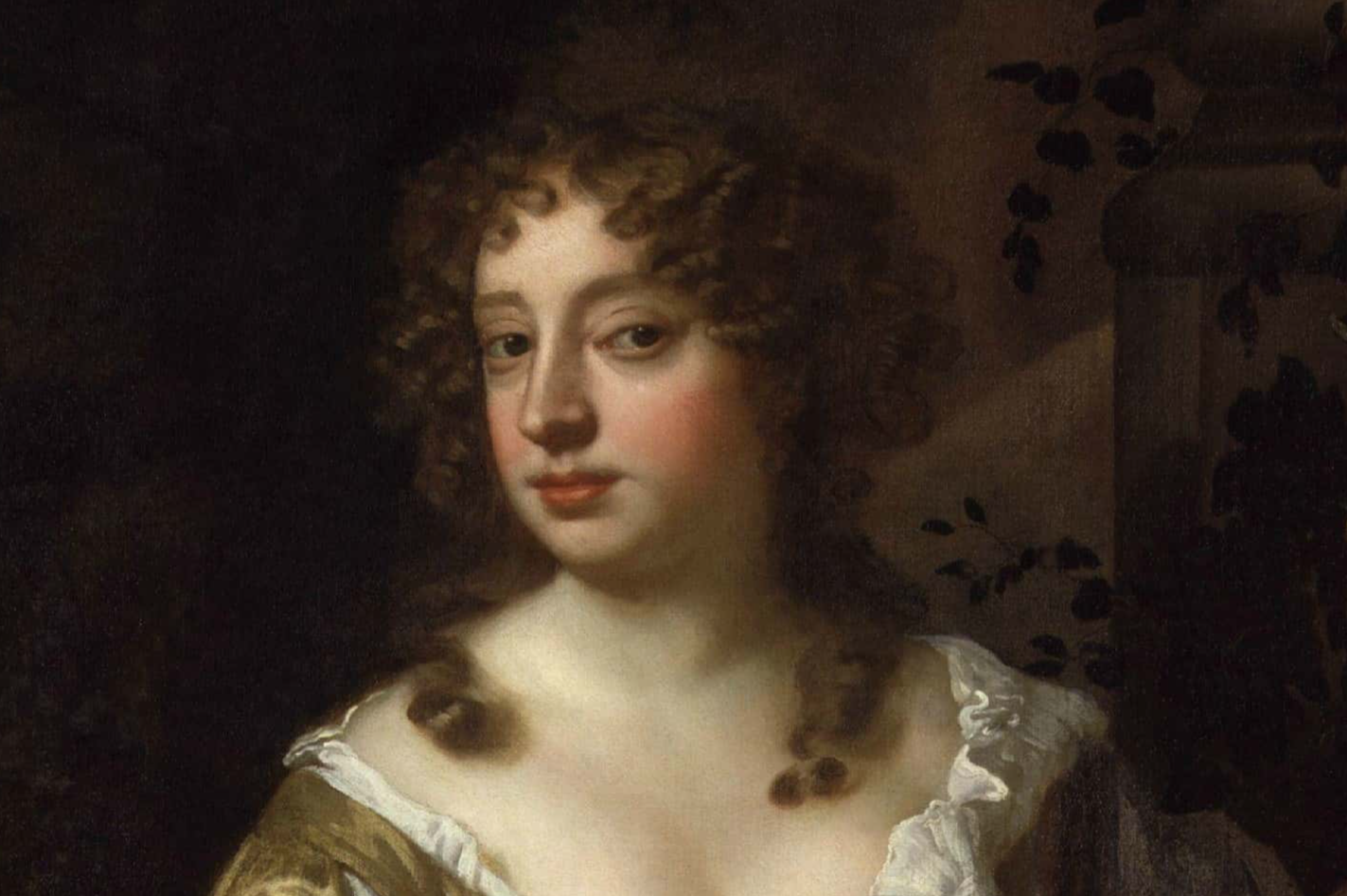In his short, scandalous time on Earth, John Wilmot experienced enough for three lifetimes. As the 17th-century epitome of “live fast, die young,” the dashing Earl of Rochester loved wild parties, loose women, and all manner of debauchery. From his first arrest to his last, tragic breath, it really is no wonder that this original bad boy is one of the most infamous rakes in history.
1. Charmed, I’m Sure
Born on April 1, 1647, little John led a charmed life. His father Henry was a staunch monarchist, and King Charles II paid back the favor by creating an entire peerage for him, dubbing the patriarch the very first Earl of Rochester. The young Wilmot grew up in plush comfort, basking in the warmth of royal approval.

2. Acting the Part
Though Rochester was a married man for most of his prime, there was no way that a little gold ring would stop the notorious lothario from having some fun. Among Rochester’s most famous mistresses were “almost certainly” the actress and royal sidepiece Nell Gwyn, as well as the tragic thespian Elizabeth Barry, both renowned beauties of their day.
3. That’s My Boy
The boy took after his father in more ways than one. According to one historian, Henry was “a Cavalier legend, a dashing bon viveur and battle-hero". Evidently, Wilmot inherited his dad’s, er, vivacity. Meanwhile, his mother Anne St. John was a stubborn, intimidating Puritan who nonetheless encouraged her son’s signature boldness.
Henry Wilmot, 1st Earl of Rochester
4. Rochester and His Merry Men
Before Leo DiCaprio’s “Wolf Pack,” there was Rochester’s “Merry Gang". Named by the famous English poet Andrew Marvell, this group of aristocratic good-time guys terrorized London for years with their rowdy antics.
 The Libertine, Isle of Man Film
The Libertine, Isle of Man Film
5. Dictionary Definition
The Earl of Rochester was a prime example of the “Restoration rake". The word “rake” is short for “rakehell” AKA “hellraiser,” and refers to a man who loves drink, women, and song. The 17th-century Restoration went mad for this type of man, and the term began to particularly mean a devilishly handsome, dissolute aristocrat. So: John Wilmot himself.
 The Libertine, Isle of Man Film
The Libertine, Isle of Man Film
6. Rochester, The Remix
When young John was still a prepubescent boy, tragedy struck. In 1658, his father Henry passed, turning the 11-year-old into the second Earl of Rochester. Apparently, heavy is the head that wears the Earldom—because Wilmot quickly started earning his infamous reputation.
 Isle Of Man Film, The Libertine (2004)
Isle Of Man Film, The Libertine (2004)
7. Boys Gone Wild
For most of his adult life, Rochester divided his time between quieter country living and the seedy temptations of city life in London. Most of the time, though, debauchery won. Describing Rochester’s youthful habits, one of his contemporaries noted, "For five years together he was continually tipsy…[which] led him to…do many wild and unaccountable things."
8. Not Just a Pretty Face
Though Rochester was certainly a depraved and debauched man, he also had a rare talent for writing. In fact, he was renowned for his sharp and bitter Restoration wit. Andrew Marvell called him “the best English satirist,” and even Voltaire referred to him as “the man of genius, the great poet".
 Isle Of Man Film, The Libertine (2004)
Isle Of Man Film, The Libertine (2004)
9. Animal House: The Oxford Years
In 1660, the newly-minted Earl of Rochester gained admittance to Wadham College at Oxford. Today we hear “Oxford” and think “prestige,” but Wadham held a troubling secret: it was actually a newer and comparatively poorer college. In other words, a party school. It didn’t take Rochester long to figure this out, either. Soon enough, historians say the 13-year-old “grew debauched".

History's most fascinating stories and darkest secrets, delivered to your inbox daily.
10. The Favorite
Rochester was a bit of a King’s pet. In memory of Wilmot’s late father, King Charles II gave the teen Earl a tidy pension of 500 British pounds, and even sent him on a Grand Tour of France and Italy, which was all the rage at the time for boys of his age. Of course, all that exposure to radical continental thought might have put some notorious ideas into the boy’s head… John Michael Wright, Wikimedia Commons
John Michael Wright, Wikimedia Commons
11. Taking Liberties
Another term associated with the Earl of Rochester is that of the “libertine,” a sexually and morally depraved hedonist. Well, yep—check, check, aaaand check.
 Isle Of Man Film, The Libertine (2004)
Isle Of Man Film, The Libertine (2004)
12. Star-crossed Lovers
King Charles II’s paternal relationship to Rochester didn’t stop at European field trips—it made its way into the bedroom. Around 1665, the king suggested that Rochester marry the mega-rich, pretty heiress Elizabeth Malet. On paper, it seemed perfect. Rochester was impoverished, while Elizabeth could benefit from the title of “Countess”—but there was just one problem.
Her greedy relations despised the idea of a poor man’s marriage and nixed the union.
13. In the Penalty Box
Rochester had quite the temper, and it often got him into hot water. Once while at court, he got into a fight with the witty playwright Thomas Killigrew and ended up boxing him in the ears. It was a huge mistake. Unfortunately for Rochester, King Charles II saw the whole thing and ended up temporarily banning him from court. John Michael Wright, Wikimedia Commons
John Michael Wright, Wikimedia Commons
14. One Way or Another
After receiving the news that he was NOT going to bag himself an heiress in Elizabeth Malet, Rochester took matters into his own hands—with an utterly disturbing plan. Believe it or not, he and his mother started plotting to snatch the so-called “great beauty and fortune of the North". Then? The two dumb dumbs actually did it.
Rochester abducted the girl while she was going home from dinner one night, pulling her from the road by horse and then stuffing her into a carriage.
15. Playing Offense
According to theater expert Tom Morris, those who knew him said the Earl of Rochester “was unable to express any feeling without oaths and vulgarity". The pathological rebel and pot-stirrer just couldn’t help offending people.
 Isle Of Man Film, The Libertine (2004)
Isle Of Man Film, The Libertine (2004)
16. Now Go to Your Room
Unsurprisingly for such a harebrained scheme, Rochester didn’t get away with his abduction of Elizabeth Malet. He was caught in Uxbridge—and then forced to suffer the dark consequences. King Charles, horrified in his 18-year-old favorite, locked him up in the Tower of London for three weeks to think over his life choices. Getty Images
Getty Images
17. I Made You
The Earl of Rochester’s relationship with Elizabeth Barry was his steamiest affair. Rochester was the one who took to training the aspiring actress in the theater, and pretty soon he was also training her in the bedroom. When Barry quickly rose to become one of the most famous actresses of her day, we’re sure Rochester took no small amount of credit.
 The Libertine, Isle of Man Film
The Libertine, Isle of Man Film
18. I Can’t Stay Mad at You
King Charles II could never resist the Earl of Rochester. He released the boy from the Tower after the earl whipped up an apology letter.
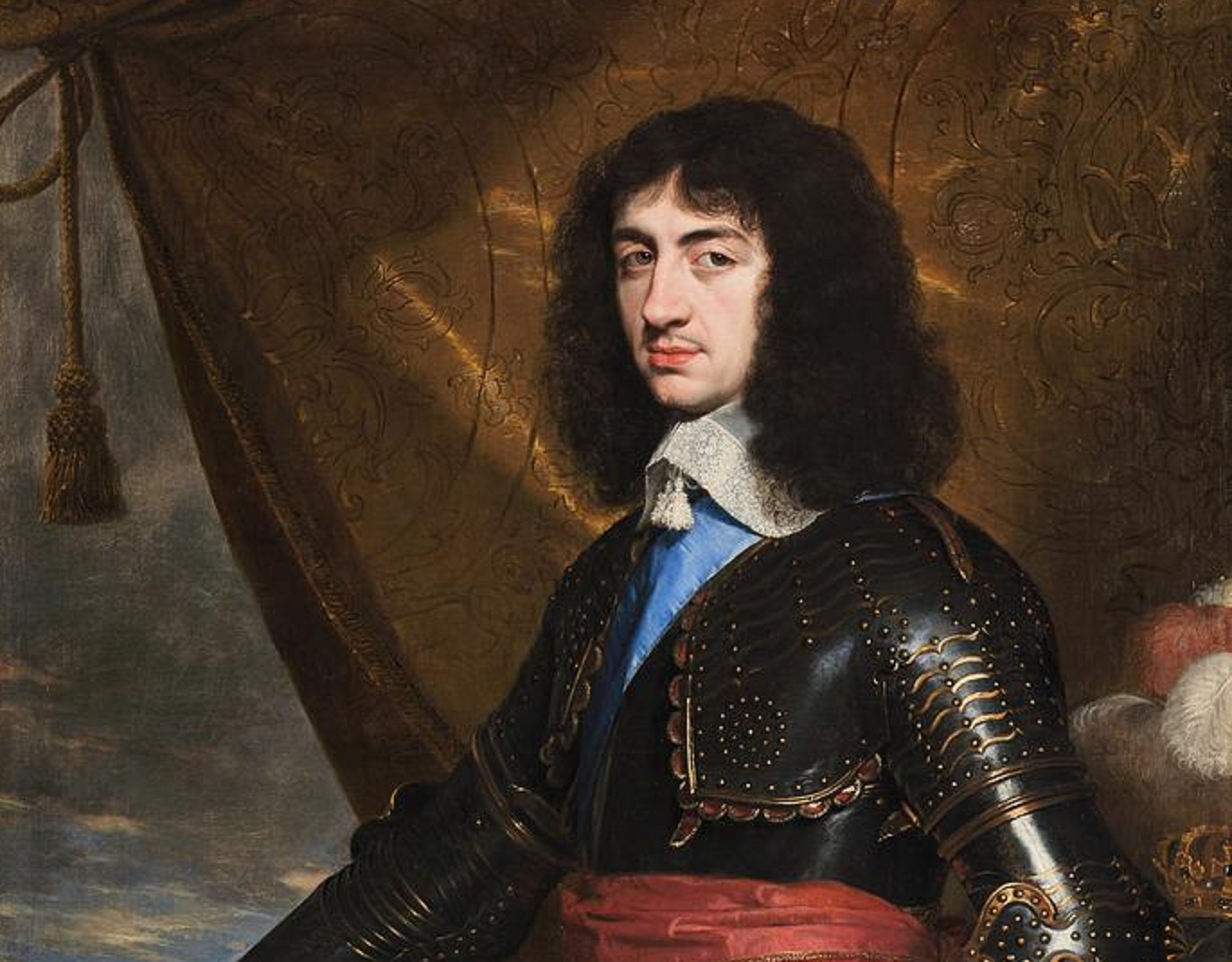 Philippe de Champaigne, Wikimedia Commons
Philippe de Champaigne, Wikimedia Commons
19. Dying to Prove Myself
In 1665, Rochester hoped to redeem himself in the king’s eyes by joining up with the Navy and fighting in the Second Dutch Battle. Somehow, the little rascal not only gained the king’s approval, he even managed to become a battle hero. For a time, word of Rochester's bravery in the Battle of Vagen turned the libertine into a patriotic legend.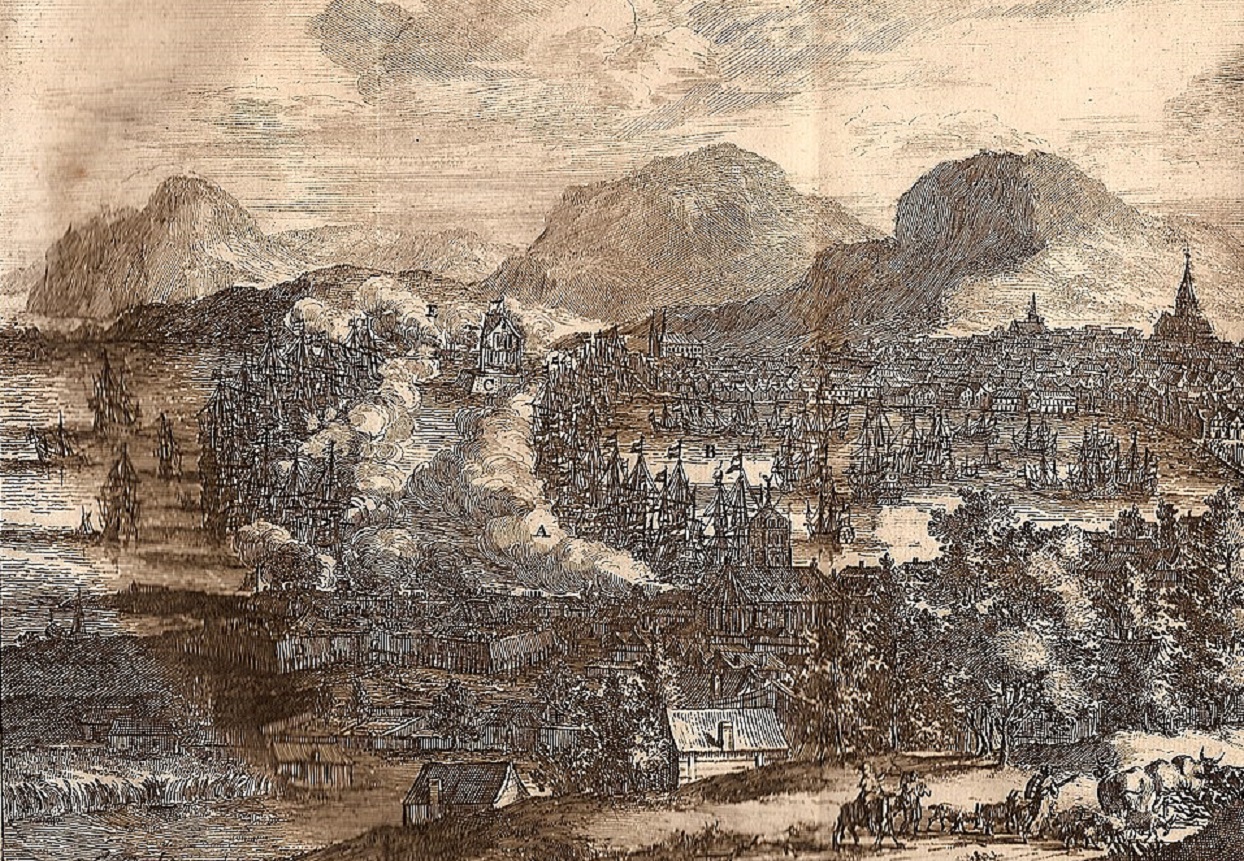 Coenraet Decker, Wikimedia Commons
Coenraet Decker, Wikimedia Commons
20. Sweet Child O’ Mine
Rochester had (at least) one illegitimate child; a daughter with Elizabeth Barry.
21. For My Eyes Only
Rochester and Elizabeth Barry’s illicit love was doomed to a a disturbing end. When Barry rocketed to stardom, a jealous Rochester simply couldn’t handle her success. As he wrote, “With what face can I incline / To curse you to be only mine?…Live up to thy might mind / And be the mistress of mankind". In other words, “how dare other men look at my side piece!”
Pro-tip? Don’t take your romance lessons from A Star Is Born.
 Isle Of Man Film, The Libertine (2004)
Isle Of Man Film, The Libertine (2004)
22. Put it to Bed
In March 1666, King Charles II added another title to the Earl of Rochester’s name: Gentleman of the Bedchamber. The position came with lodgings, a 1,000-pound stipend, and the immense “privilege” of helping His Royal Highness dress and undress. Rochester even sometimes got to sleep at the foot of His Majesty’s bed. Studio of Gerard van Honthorst, Wikimedia Commons
Studio of Gerard van Honthorst, Wikimedia Commons
23. Playing Easy to Get
Apparently abduction was a perfectly acceptable way to say “I like you” in the 17th century. After Rochester and his mom kidnapped the heiress Elizabeth Malet, she somehow found it in her heart to forgive Rochester for his lusty folly. But that's not even the weirdest part: in 1667, she actually married the 20-year-old rake.
Ok, I’m sure he was super hot, but how does this guy do it?
24. Pray They Take After Their Mom
Rochester and Malet had four children together, three girls and one boy.
 Isle Of Man Film, The Libertine (2004)
Isle Of Man Film, The Libertine (2004)
25. Going out of Style
Not everyone was a big fan of Rochester’s writing. Successive generations were appalled by his immoral extravagance, and by the time the buttoned-up Victorian Era rolled around, many of his works were banned or censored. It was only in the 1920s that his literature started regaining any kind of attention. I read some of his poems and guys, they're intense even by today's standards.
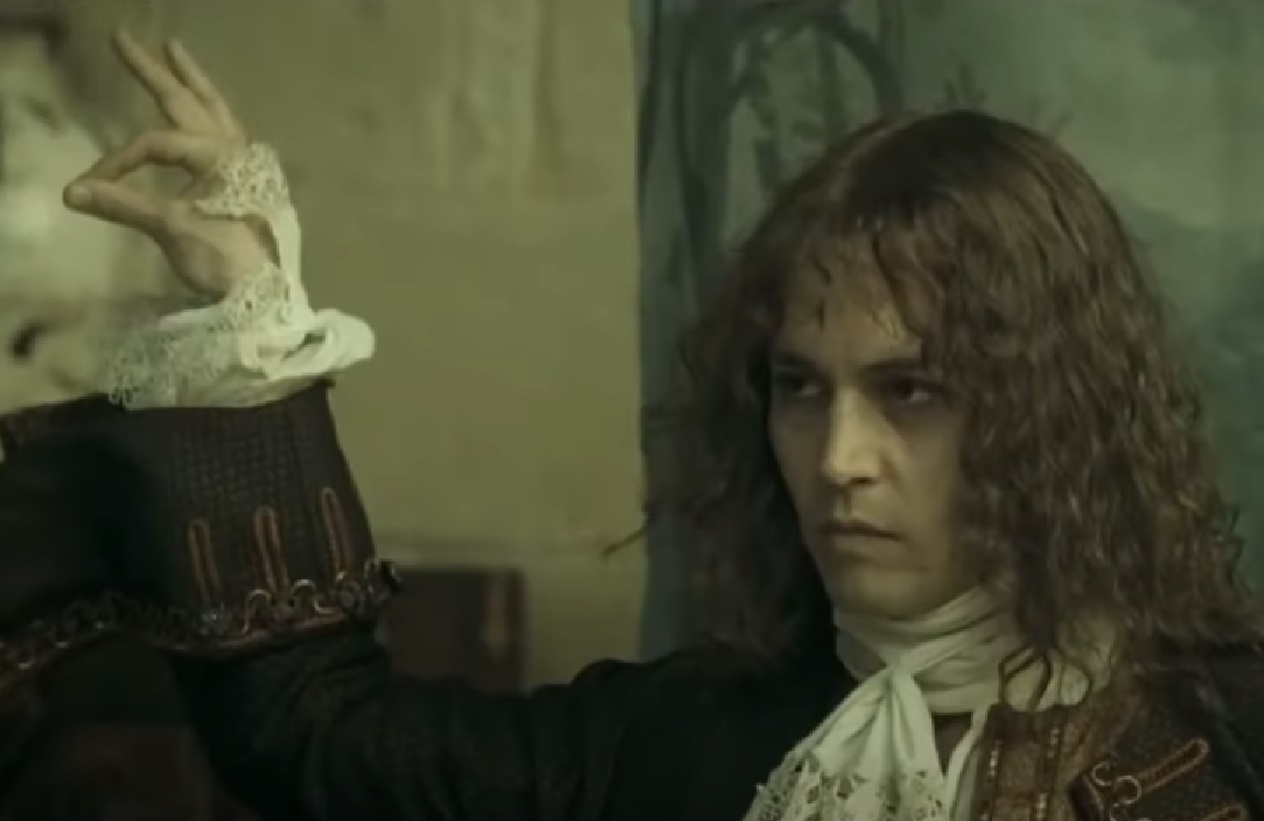 Isle Of Man Film, The Libertine (2004)
Isle Of Man Film, The Libertine (2004)
26. Takes One to Know One
Eventually, Rochester’s luck had to run out. First, some of his friends fell out of favor with the king, leading to the waning of the earl’s own power. Then things got so, so much worse. During the Christmas holiday in 1673, Rochester read out a satire to the king about the king, criticizing the monarch for being intimacy-obsessed.
Yeah, rich coming from Mr. “Abduct My Wife” Rochester. King Charles didn’t like it either; he responded by again temporarily exiling the rake.
27. The Wise Fool
Though King Charles II frequently got sick of Rochester’s boundary-pushing—and let’s be real, it was probably pretty annoying—he was remarkably lenient to the Earl. One of Rochester’s digs went: “We have a pretty witty king, / Whose word no man relies on, / He never said a foolish thing, / And never did a wise one". But the King got the last laugh.
He gave this jab a good-natured and witty reply. He only intoned, “That's true, for my words are my own, but my actions are those of my ministers".
 The Libertine, Isle of Man Film
The Libertine, Isle of Man Film
28. My Man, My Muse
Elizabeth Barry could never quite get away from her association with Rochester. Despite her very public dalliance with the Earl, Barry was famous for playing virginal characters—and the irony was not lost on her audiences. Crowds were also well aware that she often channeled her steamy relationship into her more adult roles.
29. Running out of Time
In 1675, Rochester committed his worst betrayal yet. After coming in from a night of revelling, he glanced at a royal sundial decorated with a portrait of King Charles II holding a very phallic sceptre. Tipsy and smug, Rochester threw out a hilarious but treasonous comment: 'What…doest thou stand here to [screw] time?'
Rochester had been back in the King’s good graces at the time, but all that crumbled the instant he opened his mouth. Certain the swipe would get back to Charles, Rochester fled from court.
 The Libertine, Isle of Man Film
The Libertine, Isle of Man Film
30. The Runaway Rochester
Just when it seemed that Rochester’s standing with King Charles couldn’t get any worse, it somehow did. The libertine had more lives than a cat, but all good thing come to an end. He was with his Merry Gang when they got into a fight with the night watch when the evening took a chilling turn. A guard actually ended one of his companions with a pike.
Instead of staying at the scene like a gentleman, the lily-livered Rochester ran away again. The king was not pleased.
 The Libertine, Isle of Man Film
The Libertine, Isle of Man Film
31. No Good Time Goes Unpunished
In the end, it didn’t really matter if Rochester was in or out of royal favor; he didn’t have enough time left to care. By 1680, the Earl’s good living and long nights had caught up with him. Most historians believe the rake started to suffer a horrific fate. He quickly deteriorated due to the gruesome side effects of rampant veneral diseases and alcoholism.
 Isle Of Man Film, The Libertine (2004)
Isle Of Man Film, The Libertine (2004)
32. Save My Son
With her son on his deathbed, Rochester’s mother Ann St. John made an almost literal Hail Mary pass and brought in Gilbert Burnet, the future Bishop of Salisbury, as well as some other religious men. The Puritan Ann hoped that even if divine intervention couldn’t save her son’s life, it could maybe save his soul from damnation.
33. Long Live a Legend
John Wilmot, the second Earl of Rochester, expired on July 26, 1680. He was just 33 years old.
 Isle Of Man Film, The Libertine (2004)
Isle Of Man Film, The Libertine (2004)
34. I Will Follow You Into the Dark
Rochester’s neglected wife Elizabeth Malet may have met an even darker fate. Scarcely a year after the Earl’s passing, the Countess of Rochester lost her life at the age of about 29 or 30—even younger than her hard-living husband. Their son Charles perished soon after his mother's passing. Bad things come in threes?
 Isle Of Man Film, The Libertine (2004)
Isle Of Man Film, The Libertine (2004)
35. Spoiling the Fun
In some circles, Rochester’s bad reputation continued even until the modern day. 20th-century novelist Grahame Greene had complicated feelings about the rake, and once dismissed him as merely a “spoiled Puritan".
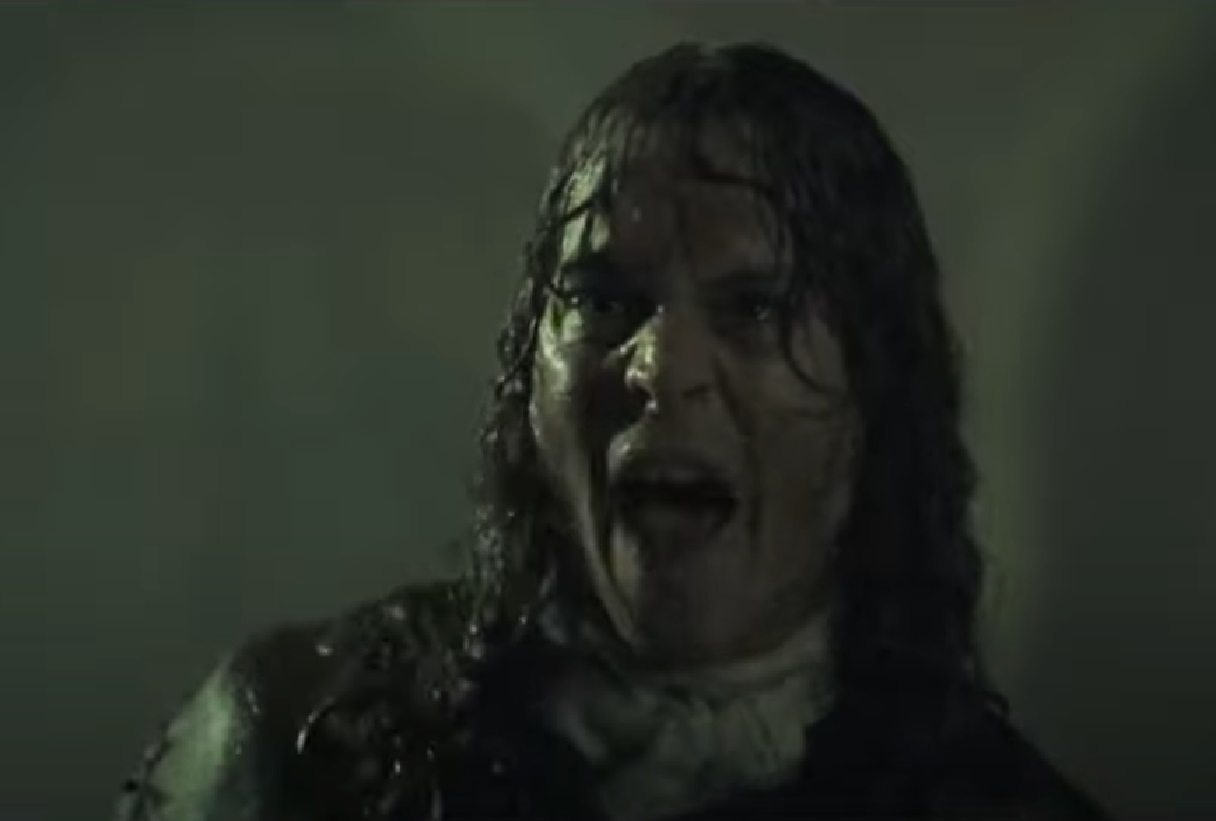 Isle Of Man Film, The Libertine (2004)
Isle Of Man Film, The Libertine (2004)
36. Romance Isn’t Gone
In more recent years, Time Out put Rochester as #6 on their list of “London’s Most Sensual Writers".
 Isle Of Man Film, The Libertine (2004)
Isle Of Man Film, The Libertine (2004)
37. Movie Magic
The Earl of Rochester’s life just begs for the Hollywood treatment, so it’s no surprise that his biography was turned into the 2004 film The Libertine starring Johnny Depp.
 The Libertine, Isle of Man Film
The Libertine, Isle of Man Film
38. The Nose Knows
In the film The Libertine, Rochester loses his nose to a nasty, syphilitic chancre and has to wear a gilded prosthetic to cover it up. There’s no substantial evidence that the real Rochester met the same fate, but it is a possible side effect of syphilis, so…imagine away.
 The Libertine, Isle of Man Film
The Libertine, Isle of Man Film
39. Relax and Repent
With the help of Reverend Gilbert Brunet, the Earl of Rochester made one of the most infamous deathbed renunciations in history. According to Brunet’s smug account, the poster boy for 17th-century YOLO entirely denounced his libertine lifestyle, begged for people to destroy his sinful writing, and converted to Anglicanism in his final moments.
 Isle Of Man Film, The Libertine (2004)
Isle Of Man Film, The Libertine (2004)
40. Arch Enemy
Rochester’s nemesis was the Poet Laureate John Dryden, the golden boy of England at the time. Their rivalry was so bitter that when hired thugs hurt Dryden in 1679 and almost beat him to his end, Rochester was the prime suspect behind the violent act. One of his biographers claims he was too ill to have orchestrated it—but we may never know.
41. Not to Blame
Though the common consensus says that Rochester expired from veneral disease, one historian has a different theory entirely. According to Carol Richards, the Earl of Rochester lost his life from renal failure, not an STI. Richards argues that Rochester was suffering from Bright’s disease, which leads to chronic nephritis AKA kidney disease.
 Isle Of Man Film, The Libertine (2004)
Isle Of Man Film, The Libertine (2004)
42. Doctor’s Orders
On one of his exile stints away from court, Rochester came up with a bizarre plan to make ends meet. He began impersonating a so-called “Doctor Bendo” and claimed that he could cure—what else?—women’s fertility issues and other gynaecological disorders. As one commenter wryly put it, Rochester’s, er, efforts were "not without success."
In other words, those women got pregnant, just not by their husbands.
43. Paging Mrs. Doubtfire
Sometimes, Rochester got clever with his “Doctor Bendo” impersonation. In more than one instance, he flipped the script and became “Mrs. Bendo” instead, a non-threatening and matronly lady who could “inspect” women without worrying about arousing suspicion. You can bet other things were aroused, though…I’ll see myself out.
 Isle Of Man Film, The Libertine (2004)
Isle Of Man Film, The Libertine (2004)
44. Ride or Die Rake
If the notorious earl did denounce and convert in his last breath, it would certainly be a huge win for Team God—but the truth is much more complicated. Since Rochester’s recant appears only in Brunet’s own writings, some historians suggest that Brunet exaggerated or even made it up as a form of holy propaganda for the Church.
Either way, we’ll always have “Doctor Bendo".
 Isle Of Man Film, The Libertine (2004)
Isle Of Man Film, The Libertine (2004)


